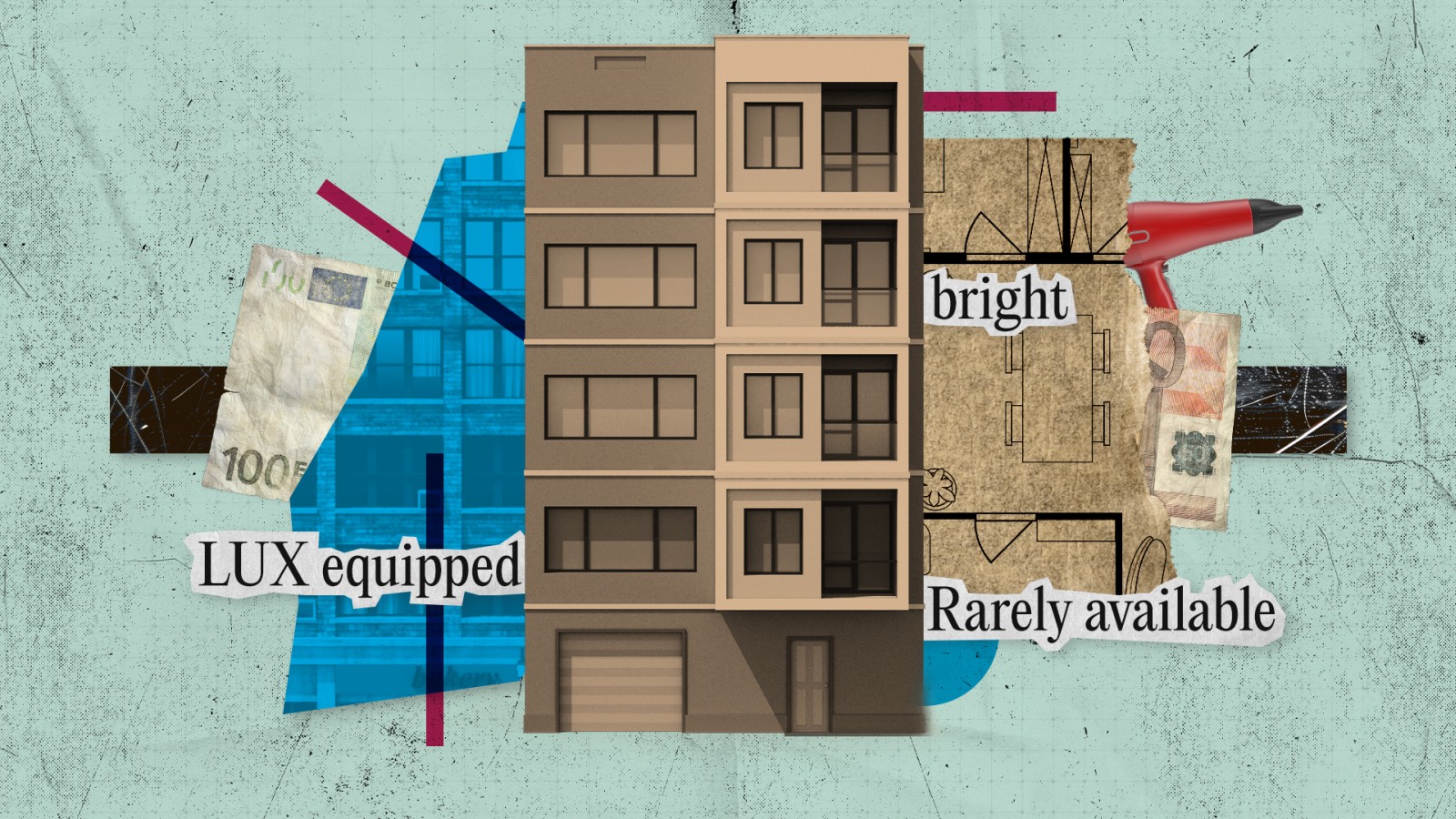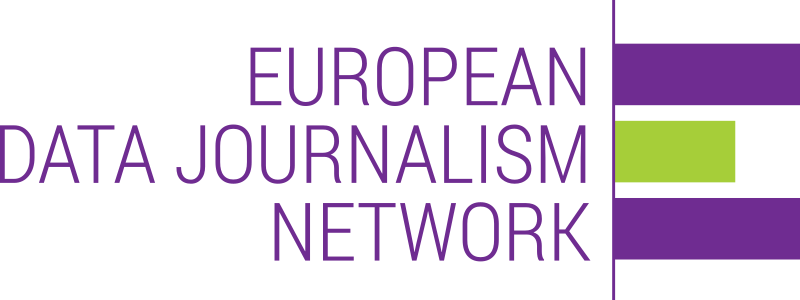Renting in Belgrade: a burden for many
Analysis of almost 1,600 advertisements shows that flats in Belgrade are unaffordable for low-income earners and a major obstacle for people on an average wage. Rents are very high.

© Zoran Miodrag/CINS
“A small flat in a quiet neighbourhood, just off the main pedestrian area, furnished and light” – this is how a 13-square-metre flat in inner Belgrade was advertised. The photos show how small it really is: the shower cubicle is practically in the kitchen, which also has a toilet and a washbasin.
Despite its size, it isn’t affordable for all.
The owner asked for the equivalent of 280 euros in rent, so a person on the minimum monthly wage of 370 euros would have only 90 euros left over for bills, food, heating and all other expenses in that month.
This is no exception.
From 19 June to 3 July 2024, the team of the Centre for Investigative Journalism of Serbia (CINS) analysed almost 1,600 advertisements for flats in Belgrade, and then compared them with the minimum wage and average salary. The data shows that the majority of flats in Serbia’s capital are either unaffordable or place significant strain on people’s budget.
We all have different priorities: one person looks for a flat in a particular area of the city, even if rents are higher there, while all that counts for another person is that they fork out as little as possible. CINS therefore went by the United Nations’ method, which considers rental costs reasonable if they don’t exceed 30% of a person’s income. This expenditure refers to the rent alone and doesn’t include other living-related costs.
As such, less than 14% of the flats in the 1,600-odd advertisements analysed were affordable for residents on average pay (slightly over 1,000 euros, according to the Statistical Office of the Republic of Serbia), and not a single one for people on the minimum wage.
The most affordable flats were available far from the city centre or in municipalities on the outskirts: Grocka, Rakovica and Lazarevac, with an average rent under 400 euros. So, if you’re on average pay, live alone and are looking for a flat in Belgrade, you’ll find largely studios or small flats, and accommodation far from the centre.
Kaća Lazarević, a real-estate agent with many years’ experience in Serbia, says several factors have caused rents in Belgrade to rise.
“The main reason is the shortage of rental accommodation, especially of flats for realistic rents that are affordable for most people: students, young workers and families without parental support who try to make ends meet with their meagre pay.”
Covid made an extra mess of the market, as did the influx of Russians after the war in Ukraine began – “they didn’t ask how much a flat cost”, she explains.
Low-income earners had practically no choice – there were no flats for 30% of 370 euros.
Not even the cheapest flat mentioned at the beginning of this article fulfilled the basic requirements. Serbia’s Act on Residence and Maintenance of Buildings specifies that the minimum amount of living space per person should be the equivalent of a bedsitter or a flat of at least 22 square metres. As the number of household members increases, so too does the amount.
Lazarević is concerned by the level of rents. She adds that Serbia is rapidly heading towards western European prices, but the standard of living is much lower, which forces young people to lodge “out in the sticks”.
“Under these conditions they can neither secure a roof over their heads nor earn an income that would satisfy their wishes. I don’t think this is a healthy situation.”
CINS carried out this analysis together with other journalists from the European Data Journalism Network – an international research project conducted by colleagues from EUrologus in Hungary, which compared data from 26 cities in Europe.
You can read the research findings here.
Our methodology
In order to follow the development of rents in the capital and gauge whether people can afford them, the journalists from CINS analysed Halo Advertisements, a major multi-purpose advertising platform.
In the course of 15 days in the second half of June 2024, we viewed almost 1,600 separate advertisements for rental accommodation in Belgrade. We compared them with the average salary and the minimum wage in that period.
Original source: https://www.cins.rs/en/renting-in-belgrade-a-burden-for-many/
